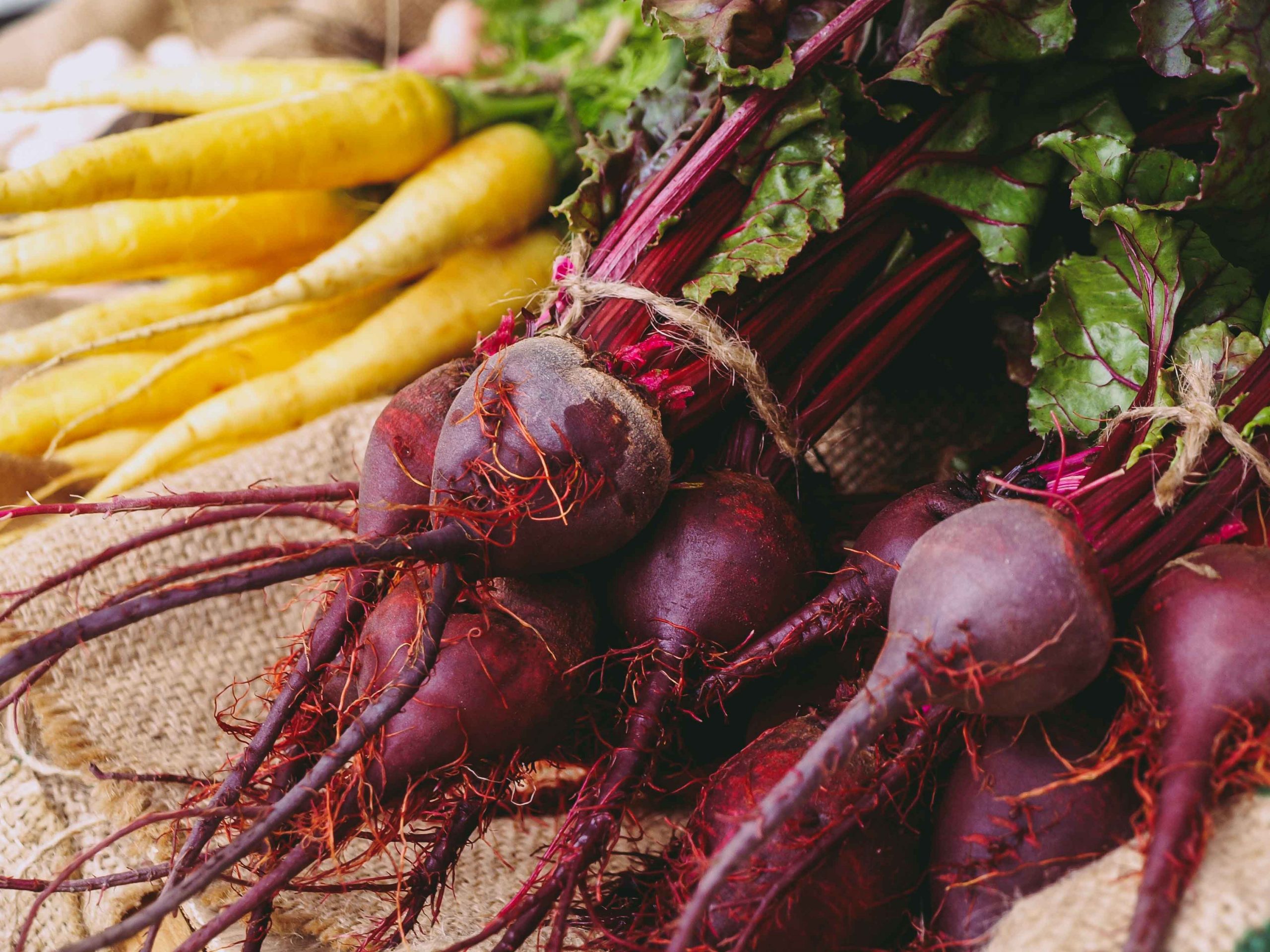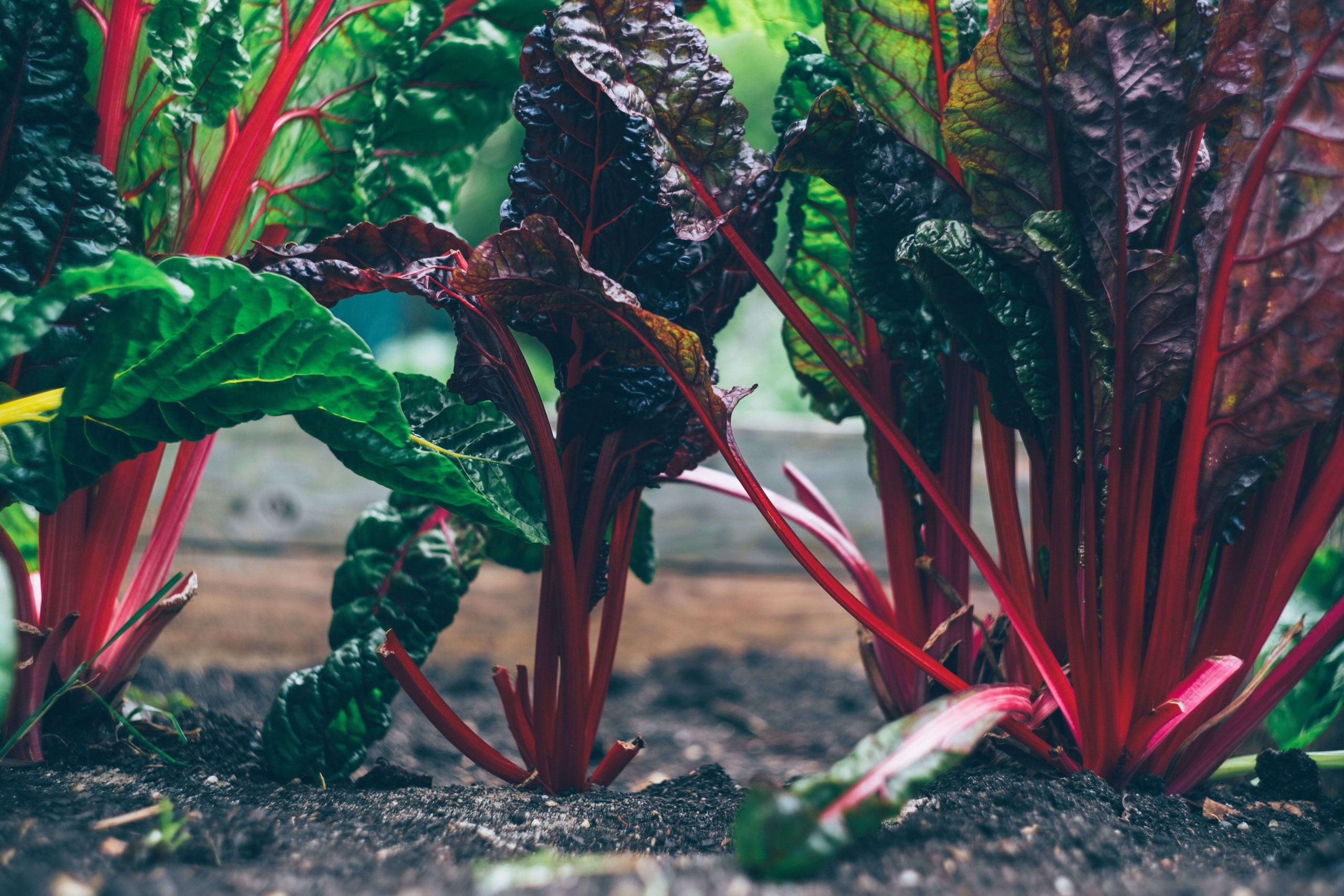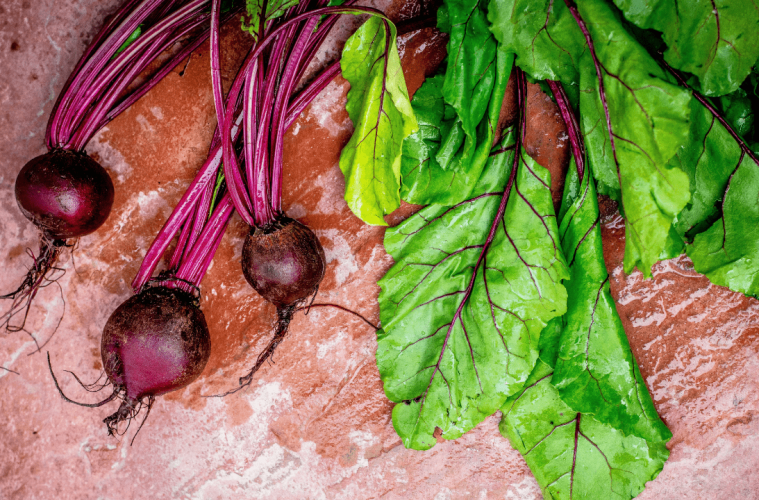The first thing to understand when growing underground edibles is that developing fat, succulent roots is not top of the list as far as they are concerned.
When faced with adverse circumstances, a plant’s first priority is survival, and this means devoting its energy to respiration and increasing photosynthesis by growing leaves. Only when growing conditions are nearly perfect will plants turn their energy towards storing up extra carbohydrates in the form of plump, juicy roots.
Ground rules
Beetroots and radishes are commonly grown root vegetables in home gardens. All root crops require loose, friable soil for the taproot to grow long and strong. If the soil is compacted or lumpy, the roots will be stumpy and misshapen. Rich soil is preferable, along with plenty of compost to provide all the elements they require.

Unsplash
However, soil with too much nitrogen will encourage hairy feeder roots to grow on the sides of root crops. Avoid using fresh manure as it can cause misshapen roots. When harvesting root vegetables, cut off the top growth immediately, otherwise the leaves continue to pull nutrients out of the root.
Beetroot
Beetroot is a multi-use vegetable, great for small gardens. Baby leaves can be snipped off for salads and larger ones in stir-fries – but leave enough to feed the plant, so a fat root grows. The most common beetroot is ruby red, but a wide range is available, from white to orange and purple-and-white striped.
Growing
Unlike most other root crops, beetroot doesn’t mind being transplanted, provided the seedlings are small and kept moist during transplanting. They can be directly seeded – the seed is actually a cluster containing a few seeds. Once they germinate, either thin them out or leave them to grow in a group, provided they have enough space to spread sideways and grow. They need regular moisture, otherwise, they become stringy and tough.

Pexels
On the flip side, excess rain can also damage them. If it is too wet, lift them before they rot, even if they’re small. They also don’t like weed competition. Cutworms, birds, slugs, and snails will all try and nibble them, especially when young, so protect accordingly.
Beetroot grows well with lettuces and most greens, as well as members of the cabbage family.
Article written by Jane Griffiths for Garden&Home April 2023 print magazine
Feature image: Unsplash

